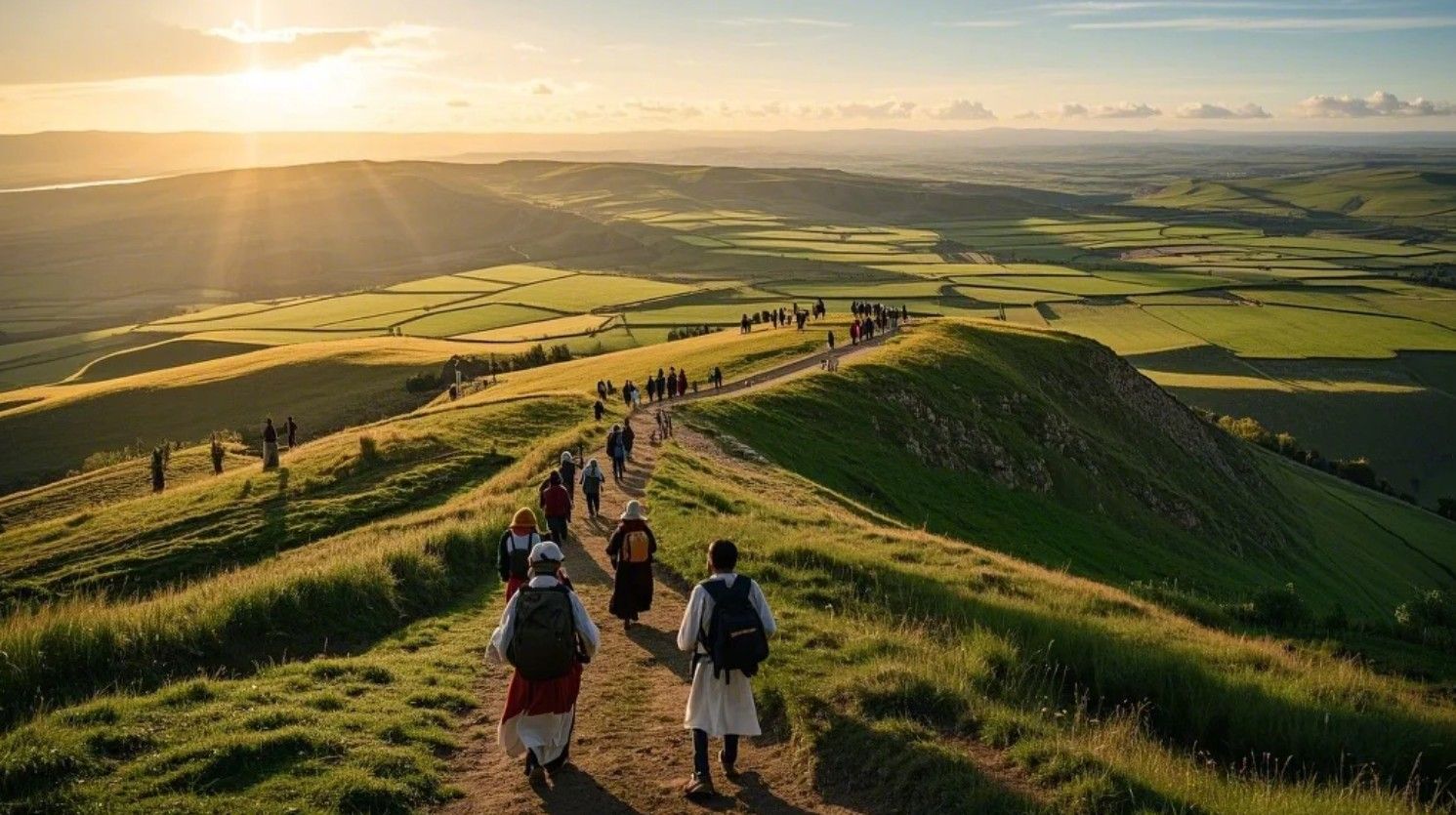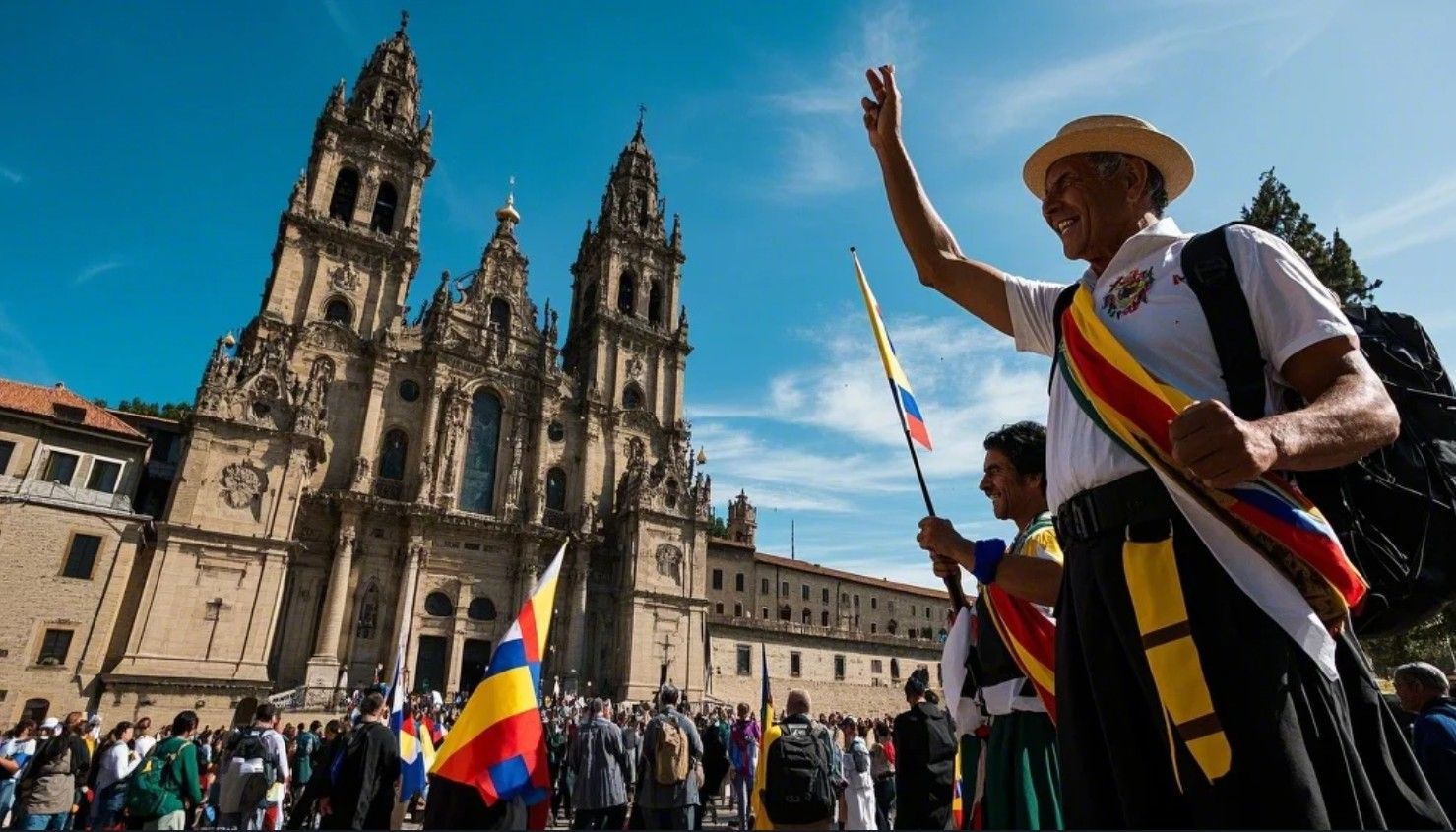Hiking the Camino de Santiago: A Personal Journey
| The Camino de Santiago, also known as the Way of St. James, is one of the most famous pilgrimage routes in the world. Stretching across Spain and into neighboring countries, this ancient trail has been walked by millions of pilgrims for over a thousand years. While its origins are rooted in religious tradition, the Camino has evolved into a journey of self-discovery, adventure, and connection for people of all backgrounds. In this article, I’ll share my personal experience hiking the Camino de Santiago, along with practical tips and insights to help you plan your own pilgrimage. Why Hike the Camino de Santiago? The Camino de Santiago is more than just a hike—it’s a transformative experience. Here’s why it’s worth considering:  Spiritual Growth: Whether you’re religious or not, the Camino offers a chance to reflect, meditate, and connect with something greater than yourself. Physical Challenge: Walking hundreds of kilometers tests your endurance and resilience, leaving you with a sense of accomplishment. Cultural Immersion: The Camino takes you through charming villages, historic cities, and stunning landscapes, offering a deep dive into Spanish culture. Community: You’ll meet people from all over the world, forming lifelong friendships and sharing unforgettable experiences. Pro Tip: The Camino is for everyone, regardless of age, fitness level, or background. You can walk as much or as little as you like. Choosing Your Route The Camino de Santiago isn’t a single path but a network of routes leading to the Cathedral of Santiago de Compostela in northwestern Spain. Here are some of the most popular options: Camino Francés (The French Way): The most famous route, starting in Saint-Jean-Pied-de-Port (France) and covering 780 kilometers. Camino Portugués (The Portuguese Way): Begins in Lisbon or Porto and offers coastal and inland routes. Camino del Norte (The Northern Way): Follows Spain’s northern coastline, offering stunning ocean views. Camino Primitivo (The Original Way): The oldest route, starting in Oviedo and known for its challenging terrain. Camino Inglés (The English Way): A shorter route starting in Ferrol or A Coruña, ideal for those with limited time. Pro Tip: If you’re new to the Camino, the Camino Francés is a great choice due to its well-marked trails and abundant infrastructure. My Journey on the Camino Francés I chose to hike the Camino Francés, starting in Saint-Jean-Pied-de-Port and walking for 35 days to reach Santiago de Compostela. Here’s a snapshot of my journey: Day 1–5: The Pyrenees and Navarra The hike began with a challenging ascent through the Pyrenees, offering breathtaking views and a sense of accomplishment. The first few days were physically demanding, but the camaraderie among pilgrims kept me motivated. Highlights included the medieval town of Pamplona and the wine region of La Rioja. Day 6–15: The Meseta The Meseta, a vast plateau, tested my mental endurance with its flat, monotonous terrain. However, it also provided moments of solitude and reflection. I particularly enjoyed the historic city of Burgos and the vibrant energy of León. Day 16–25: The Mountains of León and Galicia The trail became more scenic as I entered the mountains of León and Galicia. The lush landscapes, charming villages, and iconic Cruz de Ferro (Iron Cross) were unforgettable. The camaraderie among pilgrims grew stronger, and we often shared meals and stories. Day 26–35: The Final Stretch The final days were a mix of excitement and nostalgia. Walking into Santiago de Compostela and attending the Pilgrim’s Mass at the cathedral was a deeply emotional experience. Many of us continued to Finisterre, known as the “end of the world,” to watch the sunset over the Atlantic Ocean. Practical Tips for Hiking the Camino Here are some practical tips to help you prepare for your Camino journey: 1. Plan Your Route and Timeline Decide which route to take and how much time you have. Most pilgrims walk 20–35 days on the Camino Francés, but you can choose shorter sections if needed. 2. Pack Light Your backpack should weigh no more than 10% of your body weight. Essentials include: Clothing: Lightweight, moisture-wicking layers, a rain jacket, and comfortable hiking shoes. Gear: A sleeping bag, water bottle, first-aid kit, and a guidebook or app. Extras: A journal, camera, and lightweight towel. Pro Tip: Test your gear and footwear before your trip to avoid blisters and discomfort. 3. Stay in Albergues Albergues (pilgrim hostels) are affordable and social accommodations along the Camino. They range from basic dormitories to private rooms. Reservations aren’t usually required, but it’s wise to book ahead in popular areas. 4. Walk at Your Own Pace The Camino isn’t a race—listen to your body and take breaks as needed. Most pilgrims walk 20–25 kilometers per day, but you can adjust based on your fitness level. 5. Embrace the Pilgrim Spirit The Camino is about more than just walking—it’s about connecting with others, embracing simplicity, and being open to new experiences. Be kind, share stories, and enjoy the journey. What to Expect on the Camino Here’s what you can expect during your Camino journey: Physical Challenges: Blisters, sore muscles, and fatigue are common, but they’re part of the experience. Cultural Highlights: You’ll pass through historic towns, taste local cuisine, and learn about Spanish traditions. Natural Beauty: The Camino offers diverse landscapes, from mountains and forests to rolling hills and coastlines. Community: You’ll meet people from all walks of life, forming bonds that last long after the journey ends. Pro Tip: Keep an open mind and be prepared for the unexpected—the Camino has a way of surprising you. Budgeting for the Camino The cost of hiking the Camino depends on your travel style. Here’s a rough estimate:  Accommodation: €10–€20 per night in albergues. Food: €15–€30 per day, including meals and snacks. Transportation: Flights or trains to the starting point and back. Extras: Souvenirs, tours, and optional activities. Pro Tip: Budget €30–€50 per day for a comfortable experience. The Camino’s Impact on My Life Hiking the Camino de Santiago was one of the most transformative experiences of my life. It taught me resilience, gratitude, and the importance of living in the moment. The friendships I formed and the lessons I learned continue to inspire me every day. Conclusion The Camino de Santiago is more than just a hike—it’s a journey of the mind, body, and soul. Whether you’re seeking adventure, spiritual growth, or a deeper connection with the world, the Camino offers something for everyone. By planning carefully, embracing the pilgrim spirit, and staying open to new experiences, you can create memories that will last a lifetime. So lace up your boots, grab your backpack, and take the first step on your own Camino journey—it’s a path you’ll never forget. |
Andrew
|
2025.03.21




